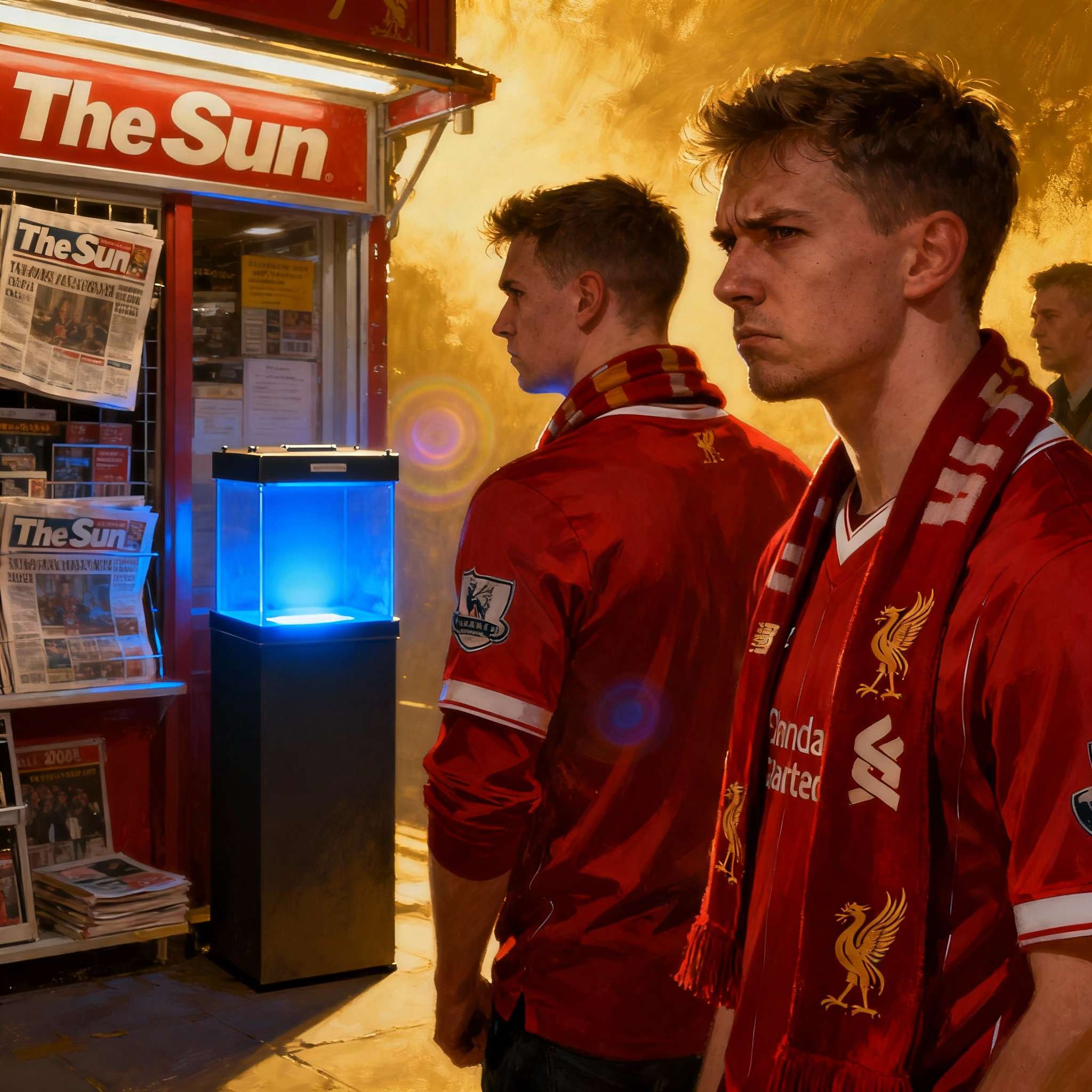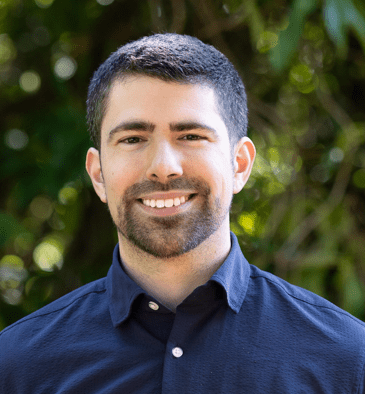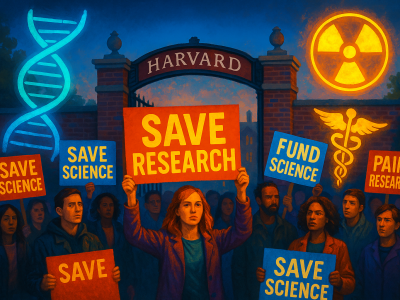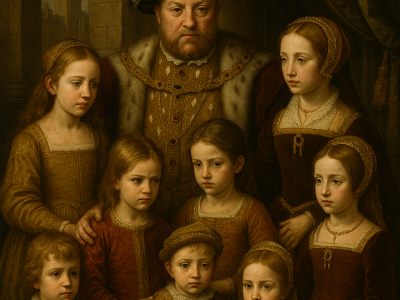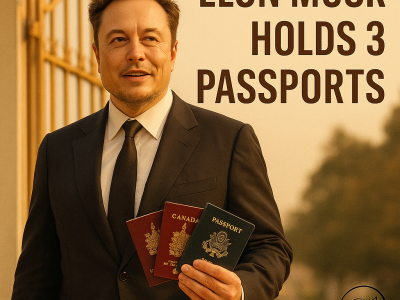When Liverpool football fans boycotted a powerful tabloid, they did more than express outrage. They created a natural experiment that revealed how media shapes the way people see political parties, and ultimately, how they vote.
A new study by Lucas Paulo da Silva of Trinity College Dublin, published in Political Behavior, titled Media Influence and Spatial Voting: The Role of Perceived Party Positions, shows that the media does not simply nudge personal beliefs. Instead, it changes how voters perceive where parties stand on ideological issues. Those altered perceptions can then swing elections.
The research is grounded in the extraordinary case of Liverpool’s decades-long boycott of The Sun. After the tabloid wrongly blamed Liverpool fans for the Hillsborough Stadium disaster in 1989, the city’s working-class residents abandoned the newspaper in protest. That boycott created a rare opportunity to study what happens when a community suddenly stops consuming a dominant media outlet.
A football tragedy that shook politics
The Hillsborough disaster was a sporting tragedy that became a political flashpoint. Ninety-seven supporters died in a human crush during the FA Cup semi-final on 15 April 1989. Days later, The Sun ran a front page falsely accusing fans of causing the disaster. The people of Liverpool responded with fury. Newsagents pulled the paper from shelves, and residents stopped buying it.
This boycott was unlike most shifts in media consumption. It was not driven by politics, ideology, or economics. It was an act of collective moral resistance. For political scientists, this made it a rare exogenous treatment. It allowed da Silva to ask: when people stop consuming partisan media, how do their political attitudes change?
The answer provides a striking window into the mechanisms of media influence.
How spatial voting theory explains the findings
At the heart of the study is spatial voting theory. This model assumes voters choose the political party closest to them on a left-right ideological scale. That distance depends on three things: the voter’s own ideology, the perceived positions of parties, and the issues they consider most important.
Traditionally, scholars assumed the media influenced people primarily by shifting their ideological positions or by altering issue salience. But da Silva argues that this ignores a crucial mediator. Voters often misperceive where parties stand. Media outlets feed those perceptions, portraying opponents as more extreme and allies as more reasonable.
If voters believe a party is more radical than it really is, they will distance themselves from it, even if their own ideological views have not changed. That gap, the study suggests, is one of the most powerful ways media elites influence democratic outcomes.
A natural experiment in Liverpool
The Liverpool boycott created the perfect conditions to test this theory. Working-class residents, many of whom had been regular readers of The Sun, abruptly stopped consuming its content. Instead, many shifted to The Mirror, a left-leaning tabloid with a similar format but very different editorial stance.
Da Silva used British Social Attitudes survey data from 1983 to 1996 to track changes before and after the boycott. The key was to focus on lower working-class respondents in Merseyside, who were far more likely to have read The Sun and then abandoned it. Their responses were compared to those of similar residents in the rest of Northern England, where no boycott occurred.
To isolate the effects, da Silva employed a triple-difference statistical design. This method compared differences across geography, class, and time to estimate the impact of losing a partisan media source.
What the data revealed
The findings are compelling. After the boycott, Liverpool’s working-class residents were less likely to view the Labour Party as extreme. They also became more left-wing on union issues and more likely to support Labour at the ballot box.
The effect was particularly strong for perceptions of party positions. Lower working-class residents in Merseyside were between 26 and 34 percentage points less likely to see Labour as extreme. By contrast, their own ideological positions shifted more modestly toward the left, about 20 to 28 percentage points on union-related issues and not significantly on other issues (redistribution and EU integration).
Voting behaviour followed the same pattern. Support for Labour rose by around 16 percentage points compared to control groups. These shifts are unlikely to be explained by broader national trends or by random chance, due to the triple differences design. They are consistent with the theory that media influence operates strongly through perceptions of parties rather than deep personal ideology.
Why perceptions matter more than ideology
One of the striking implications is that media may not need to change what people believe about the world. Instead, it can shape what they think parties believe. That difference is subtle but profound.
Ideology is part of identity. It is often resistant to change. Voters rarely abandon their core values overnight. But perceptions of parties are more fluid. If media outlets portray Labour as dangerously left-wing or Conservatives as sensibly moderate, many voters will update their mental maps.
This updating process makes sense. Parties do change positions, sometimes drastically. Voters do not track manifestos, parliamentary speeches, or policy platforms in real time. Instead, they rely heavily on media cues. The result is that perceptions are malleable. And if perceptions are off, voting behaviour can diverge from what ideology alone would predict.
Lessons for today’s polarised media
Although the Liverpool boycott is rooted in a specific historical episode, its lessons resonate widely today. Across the world, media markets are more polarised than ever. In the United States, Fox News and MSNBC shape perceptions of Republican and Democratic parties. In Brazil, TV and online outlets drive narratives about leftist and conservative coalitions. In India, television channels amplify nationalist or opposition voices in starkly partisan ways.
Studying media influence is notoriously difficult. People usually choose outlets that align with their values, making it hard to untangle cause and effect. Laboratory experiments often fail to capture the long-term, real-world impact of daily media exposure.
That is why the Liverpool case is so valuable. It created an abrupt, long-lasting change in media consumption that was not politically motivated. By leveraging this unique natural experiment, da Silva was able to overcome some of the endogeneity problems that bedevil traditional studies.
What this means for voters and democracy
The research carries practical lessons. For voters, it is a reminder to question not only the arguments outlets make but also how they portray parties. If media depicts an opponent as extreme, it may be worth asking whether that depiction is fair or exaggerated.
Voters should be particularly wary about how partisan outlets portray opposing parties, as it is easy for them to exaggerate how extreme these parties are. This can be a conscious decision or a more implicit artifact.
-Lucas Paulo da Silva
For policymakers, it raises the question of whether media regulation or literacy campaigns are needed to reduce elite influence on elections. While outright censorship is problematic, transparency and accountability in political coverage could help safeguard democratic representation.
For academics, the study underscores the importance of examining mediators in media influence. Understanding whether ideology, perceptions, or salience drive changes in voting behaviour is crucial for building accurate models of democracy.
Conclusion
Liverpool’s boycott of The Sun remains one of the most enduring examples of media accountability by a community. Beyond its moral and cultural significance, it provided the basis for groundbreaking research into the mechanics of media influence.
The study by Lucas Paulo da Silva shows that when media portray parties as extreme, voters adjust their perceptions, and those perceptions can swing elections. The lesson is clear. Media does not just report politics. It reshapes it.
Reference
da Silva, L. P. (2025). Media influence and spatial voting: The role of perceived party positions. Political Behavior. https://doi.org/10.1007/s11109-025-10031-9

